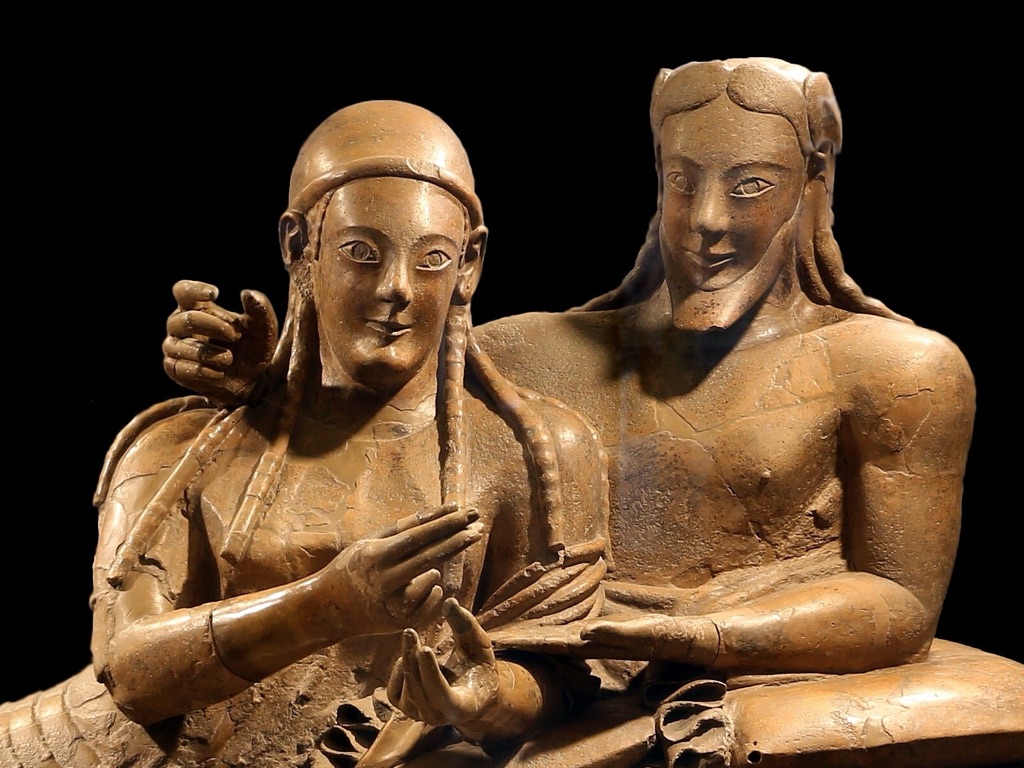The Sarcophagus of the Spouses stands as a stunning relic from ancient Etruria, presenting a rich window into the past. It dates back to the 6th century BC and was discovered in Cerveteri, a UNESCO World Heritage site. This masterpiece is famed for its depiction of a reclining man and woman. The couple’s affectionate pose reflects societal views on life after death. The intricate details showcase the Etruscan craftsmanship. The sarcophagus is made from terracotta, commonly used by the Etruscans. Its preservation has been a triumph, offering insights into funerary practices and art.
Ancient Artifacts
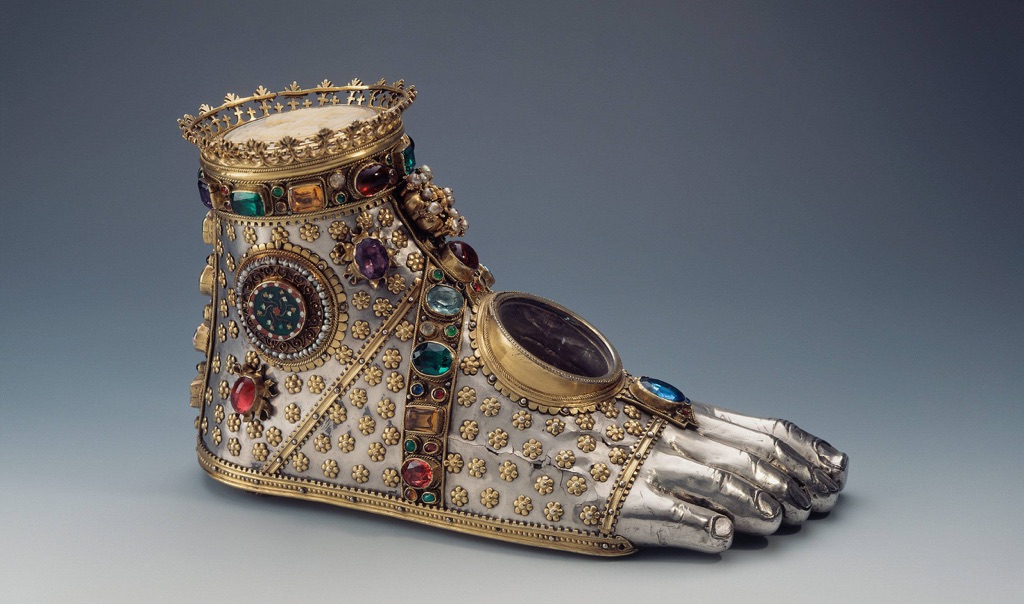
Moving to the East, ancient China artifacts like bronze vessels and oracle bones shed light on the rituals and governance of early Chinese dynasties. These artifacts highlight China’s long history of craftsmanship and written language. Similarly, ancient Egyptian artifacts are world-renowned, particularly for their funerary art, such as the treasures from King Tutankhamun’s tomb. These pieces reflect the Egyptians’ beliefs about death and the afterlife. Artifacts are not just old objects to be displayed in museums; they are keys to unlocking the secrets of human development across the ages. They preserve the ideas and values of people who lived thousands of years before us. Through careful study, they teach us about our collective history and heritage.
Among the most famous ancient artifacts in the world is the Rosetta Stone. Discovered in 1799, this granodiorite stele was the key to understanding Egyptian hieroglyphs—a script made of small pictures that was used originally in ancient Egypt for religious texts. The Rosetta Stone is inscribed with a decree issued at Memphis in 196 BC on behalf of King Ptolemy V. The decree appears in three scripts: the upper text is Ancient Egyptian hieroglyphs, the middle portion Demotic script, and the lower Ancient Greek. Because it presents essentially the same text in all three scripts, it provided the crucial link for scholars to decipher Egyptian hieroglyphs, thereby opening a window into ancient Egyptian history.
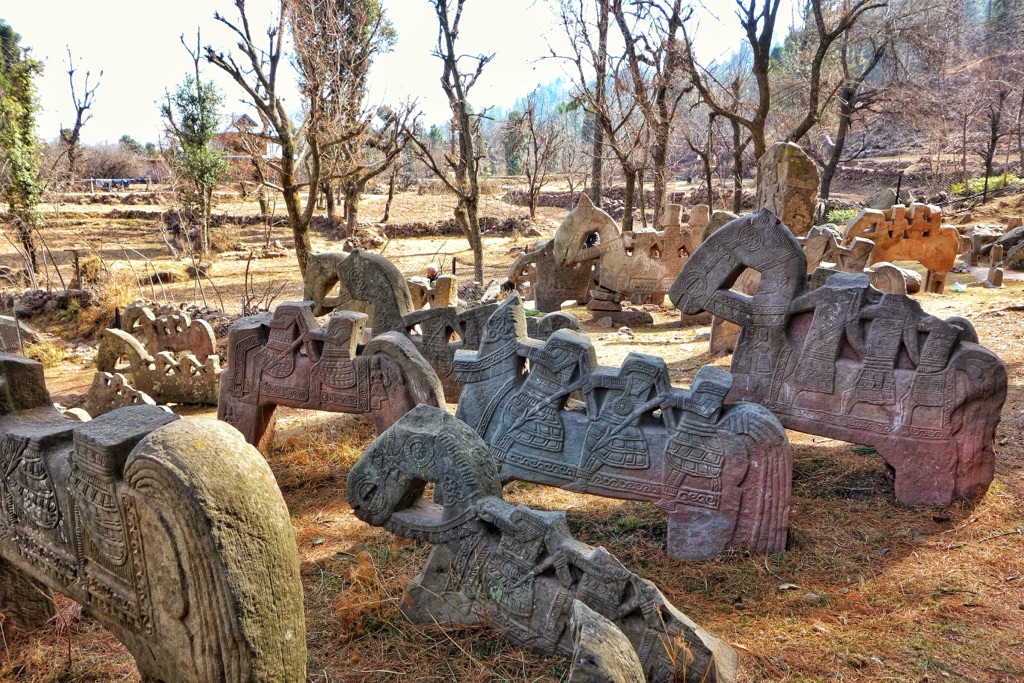
The title of the oldest artifact on earth goes to the stone tools found in Lomekwi 3, Kenya, which date back to 3.3 million years ago. These tools predate the earliest known humans and suggest that tool-making was a part of our pre-human ancestors’ way of life. These ancient tools mark a significant milestone in human evolutionary history, indicating the beginnings of technology and innovation. They are not just simple objects; they represent the dawn of human ingenuity and the very first steps towards the complex societies we have today.
An ancient artifact can be defined as any item made or used by humans in ancient times that has cultural, historical, or archaeological significance. These artifacts can range from monumental structures like the pyramids of Egypt to small, everyday objects like Roman coins. They can include items as diverse as weapons, clothing, and artwork. Each artifact, no matter its size or apparent significance, offers a glimpse into the lives of those who came before us, providing evidence of past behaviors, beliefs, and social structures.
Famous ancient artifacts not only include monumental finds like the Rosetta Stone or the treasures of Tutankhamun’s tomb but also the Terracotta Army of China, the Dead Sea Scrolls, and the Venus of Willendorf. The Terracotta Army, buried with the first Emperor of China, Qin Shi Huang, consists of thousands of life-sized figures meant to protect the emperor in the afterlife. The Dead Sea Scrolls, discovered in a series of caves near the Dead Sea, are ancient Jewish texts that offer invaluable insight into the history of Judaism and the early text of the Bible. The Venus of Willendorf, a small Paleolithic figurine discovered in Austria, dates back to about 28,000 BCE and is thought to represent fertility. Each of these artifacts, in its own way, has reshaped our understanding of human history, offering evidence of the complexity, diversity, and ingenuity of ancient civilizations.
List of Discovered Ancient Artifacts
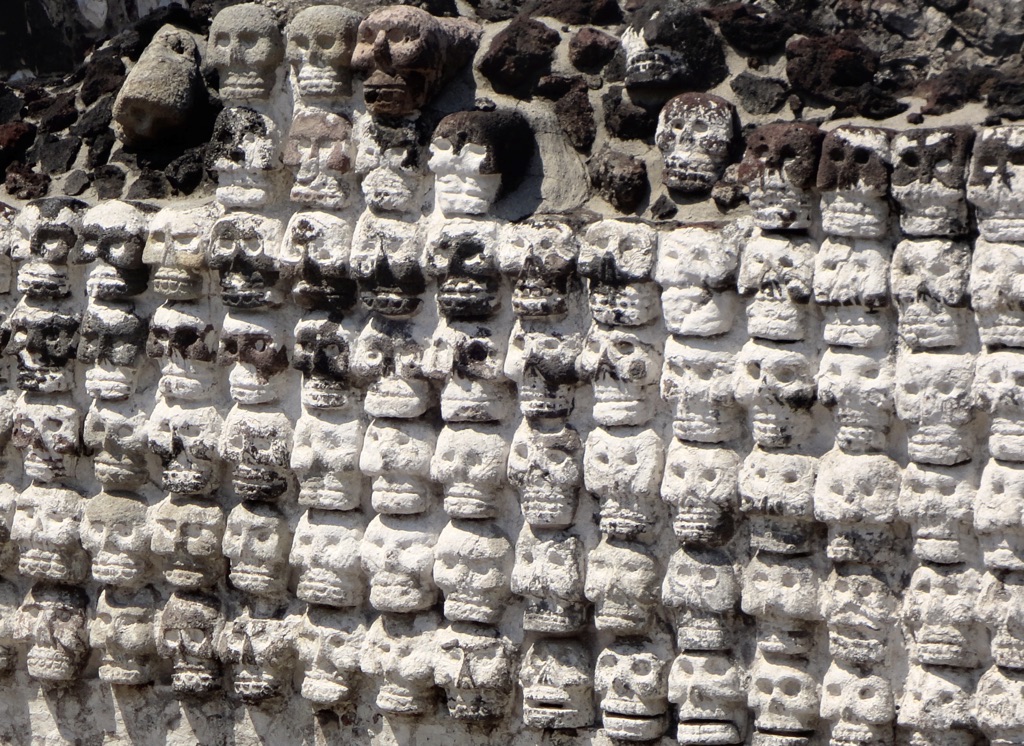
Tzompantli (Aztec Skull Racks)
The Tzompantli, an emblematic structure of Aztec civilization, showcases the ritualistic and cultural significance of Mesoamerican societies. These skull racks were not mere morbid decorations but held deep spiritual and religious meaning. They were used to display the skulls of war captives and human sacrifice victims, reflecting the Aztecs’ belief in life, death, and rebirth. These artifacts of a past civilization provide a window into the complex belief systems that governed the indigenous peoples of what is now Mexico before European contact.
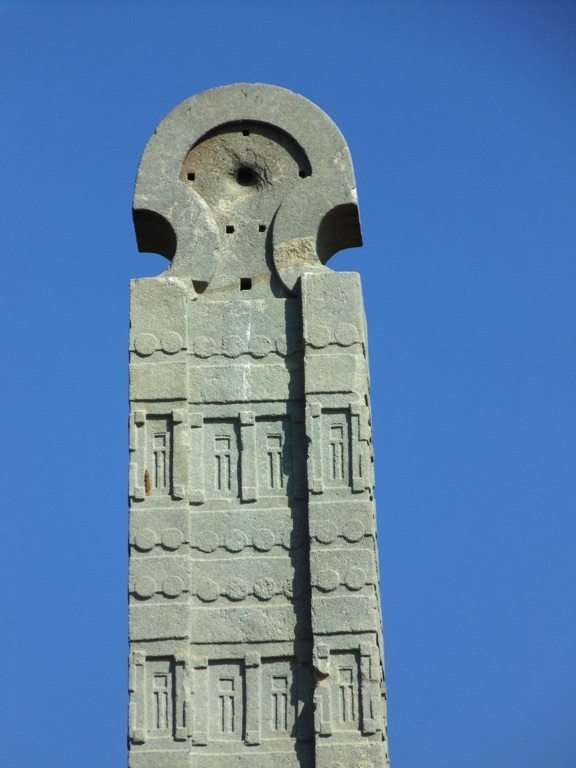
The Obelisk of Axum
The Obelisk of Axum stands as a testament to the engineering prowess of an ancient civilization. This towering monument, etched with intricate designs, dominates the skyline of Axum, Ethiopia. It serves as a symbol of the rich history of the Axumite Empire, which thrived in the region from around 100 AD to 940 AD. The obelisk’s construction from a single piece of granite showcases the Axumites’ sophisticated understanding of stone carving and structural stability. As a relic from the past, it draws countless visitors each year, eager to witness its grandeur and the mysterious history that it represents.
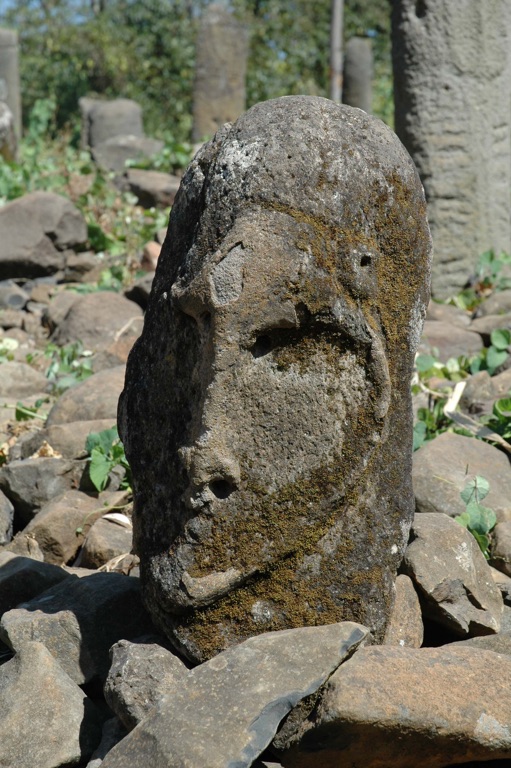
Tutu Fela Phallic Stele
Delving into the heart of ancient mysteries, the Tutu Fela Phallic Stele stands as a testament to a bygone era. This monolithic stone marker, carved with great skill and clarity, captures the cultural essence of its creators. The phallic structure is more than just an art form. It symbolizes fertility, power, and continuity in a civilization deeply connected to the natural world.

The Aztec Death Whistle and Aztec Clay
The Aztec Death Whistle makes a sound that is strikingly similar to a human scream, and it has puzzled many over the years. People wonder why the Aztecs made it and how they used it. On another note, Aztec clay is famous for making skin look good. It’s full of natural stuff that helps pull out the bad things from your skin. These two pieces from the Aztec culture show us how clever and creative they were.
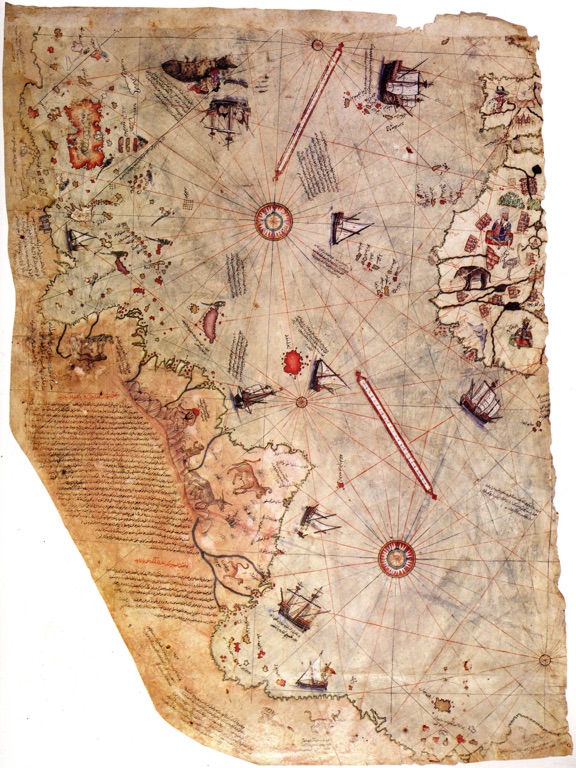
The Piri Reis map
The Piri Reis map, named after its creator, Ottoman Admiral Piri Reis, is a fascinating artifact from the early 16th century. It’s known for its unique depiction of the world, particularly the Americas, during a time when cartographic knowledge was limited. The map, drawn on gazelle skin parchment, has sparked intrigue and debate among historians and scholars due to its remarkable accuracy and the mystery surrounding its creation. The Piri Reis map was created in 1513, a time when the New World was still being explored. It’s believed that Piri Reis used a variety of sources, including maps from Columbus’s voyages, to compile his own map.

